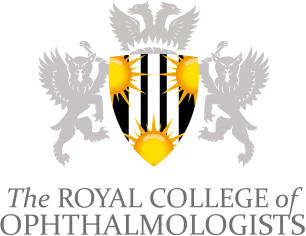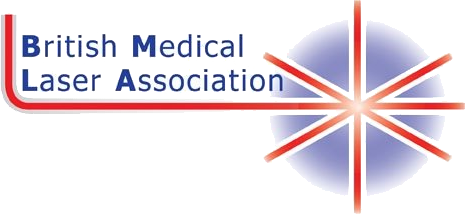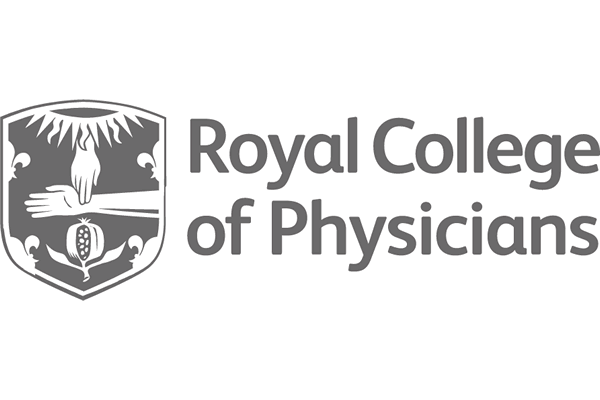Mohs micrographic surgery for skin cancer is a specialist type of surgery. It aims to leave as much healthy skin as possible whilst removing the skin cancer.
Skin cancer is the uncontrolled growth of abnormal skin cells. It is often caused by ultraviolet exposure and cancer occurs when unrepaired DNA damage in skin cells triggers mutations or genetic defects that leads them to rapidly multiply and form malignant tumours.
Currently, the exact reasons why you may develop a skin cancer aren’t fully understood. However, there are certain factors that make skin cancer more likely to happen. The main risk factor is increased exposure to ultraviolet light from the sun or sunbeds, and increasing age.
Treat skin cancer with Mohs surgery
Mohs micrographic surgery at 152 Harley Street is the most effective technique for removing Basal Cell Carcinomas and Squamous Cell Carcinomas. Cure rates are an unparalleled 98% or higher with Mohs, significantly better than the rates for standard excision or any other method. The procedure maintains the greatest amount of healthy tissue whilst completely removing the cancer cells.
Types of skin cancers
There are three main types of skin cancer, these are Basal Cell Carcinoma, Squamous Cell Carcinoma and Melanoma. Basal Cell Carcinoma and Squamous Cell Carcinoma are commonly treated with Mohs surgery when they affect the head and neck.
Basal Cell Carcinoma is the most common type of skin cancer in the UK. It is slow growing but, if left untreated, can grow deeper into your skin and sometimes into surrounding tissues.
Squamous Cell Carcinoma is the second most common type of skin cancer in the UK. Squamous Cell Carcinoma usually grows slowly but occasionally can spread into lymph glands or other parts of your body.

















